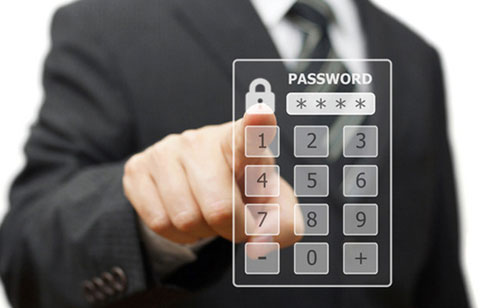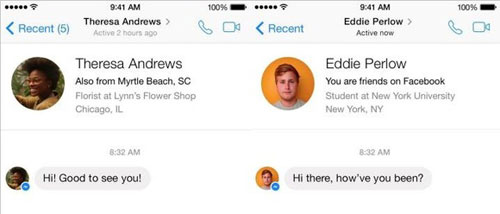If you’re like most people, you share a lot of personal information with companies like Google and Facebook for the convenience their free services provide. In turn, these companies sell your tastes and preferences to marketers, probably for less than $2 a pop.
You read that right. The Financial Times created an online calculator to estimate how much your data is worth down to the penny. Mine is worth $1.55. Face it: Privacy is a commodity; even a form of currency. And everybody’s info is worth a different dollar figure – to marketers, and to you.
As the Internet of Things (IoT) proliferates, providing us with more connected gadgets, marketers will get to know you even better. Consider what your watch, your light bulbs, and your refrigerator can add to the conversation.
The advertising industry is already salivating over the Internet of Things’ potential. “The primary benefit of the IoT to marketers is the remarkable consumer data it provides,” wrote Marko Muellner in a ClickZ article. (ClickZ is a news site for the marketing industry.)
Big data keep on turnin’
According to George Lee, the Chief Information Officer of Goldman Sachs’ Investment Banking Division, “Ninety percent of the world’s data has been created in the last two years.” The large Internet companies are the primary collectors of this massive assemblage of bits.
We’re all complicit in these data gathering methods. We choose to join social networks, and we tell them where we are and what we’re doing. We carry smartphones that, by their very nature, track our location. And we sign off on the collection and use of this data as a mandatory and cursory matter when we sign up for any new service.
And most of the time, there are no negative results. The corporations will use your data for targeted advertising and market research, creating a smarter and more efficient system for ecommerce.
Still, many people feel uncomfortable with these practices. A growing awareness of exactly how these big data tools work is leading people to be more guarded about the information they share online. In the future, as they become perpetually more connected and ingrained in the economy of information, consumers will look to strike a clearer definition of what data they see as ‘private’, what they are willing to provide in exchange for services, and what kind of a price tag to put on it. Armed with the right knowledge and outlook, you can make this arrangement work to your advantage.
Know the tradeoffs and buy in with your eyes open
ClickZ’s Muellner acknowledges that “We’ll only get access to that data by providing real value in exchange.” In other words, consumers won’t turn over their personal information unless they get something out of it, like a free online service or a smart home convenience. By gauging the value of that service or convenience against an understanding of the type of information it can accumulate, you can intelligently weigh the risks and make an informed decision about the value of your privacy.
Source: www.pcworld.com




